Bugs Bunny Trivia
Bugs Bunny’s catchphrase, “What’s up, Doc?”, was inspired by a common expression used in Texas.
Bugs was first named “Happy Rabbit” in early appearances before being officially named Bugs Bunny.
Mel Blanc, who voiced Bugs, was allergic to carrots but chewed them anyway for authenticity.
Bugs Bunny is the only cartoon character to receive a U.S. postage stamp while still “alive.”
He has starred in more cartoons than any other Looney Tunes character.
Bugs was the first animated character to appear on a U.S. war bond poster during WWII.
The character debuted officially in A Wild Hare (1940).
Bugs Bunny has a star on the Hollywood Walk of Fame.
He frequently outsmarts opponents without ever getting flustered, setting the template for animated coolness.
Bugs once appeared in a live-action scene with Michael Jordan in Space Jam (1996).
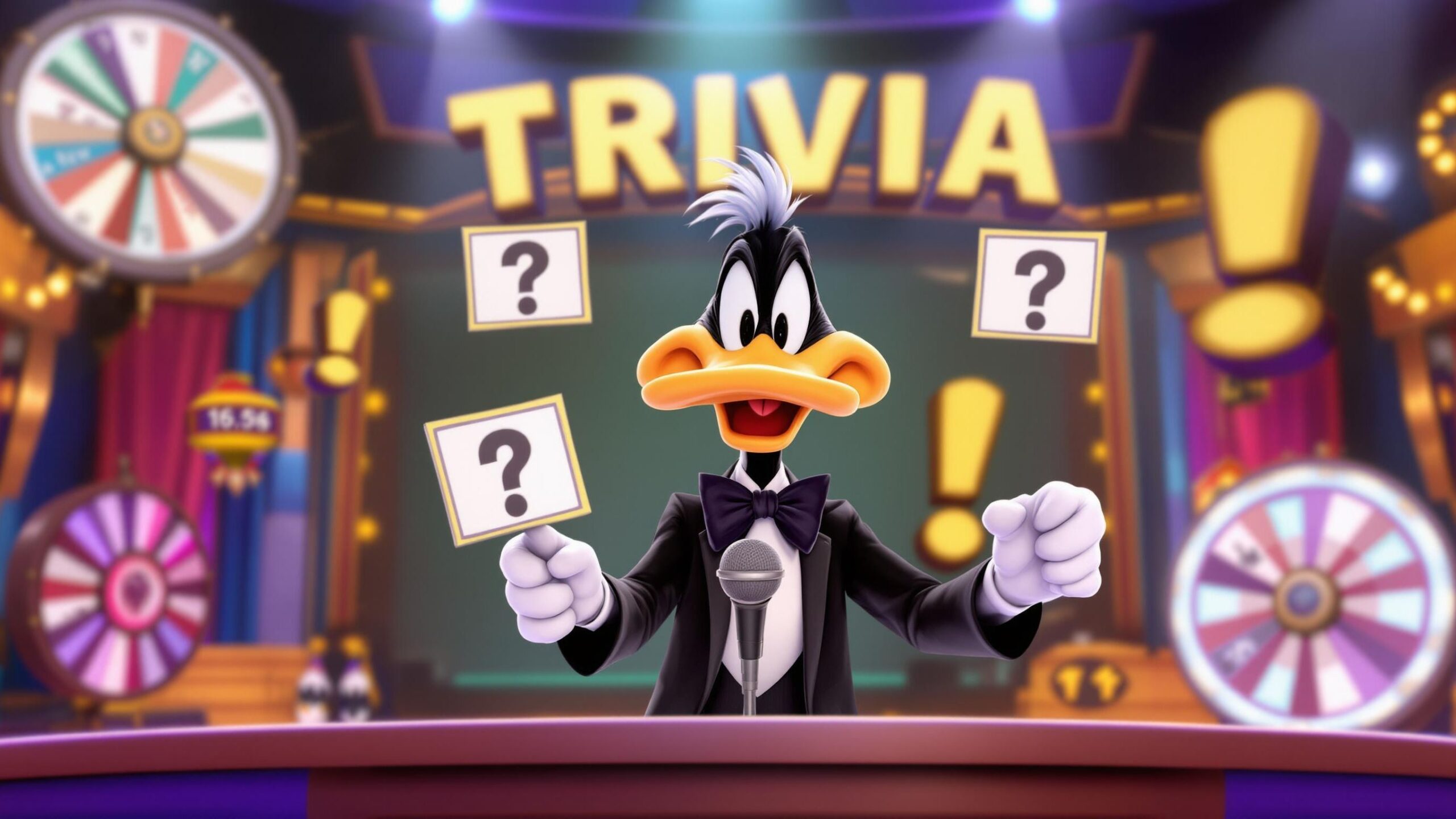
Daffy Duck Trivia
Daffy Duck debuted in 1937’s Porky’s Duck Hunt.
He was one of the first cartoon characters to exhibit zany, screwball behavior.
Daffy’s signature lisp was developed by voice actor Mel Blanc.
His rivalry with Bugs Bunny became a major recurring theme in Looney Tunes shorts.
In the 1950s, Daffy’s personality shifted from wild to greedy and competitive.
Daffy once ran for president in a Warner Bros. campaign short.
He has taken on alter-egos like Duck Dodgers and the Scarlet Pumpernickel.
Chuck Jones once described Daffy as “someone who wants to be better than he is.”
In Duck Dodgers, he mistakenly believes he’s a brilliant space hero.
Daffy is one of the few Looney Tunes characters who regularly breaks the fourth wall.
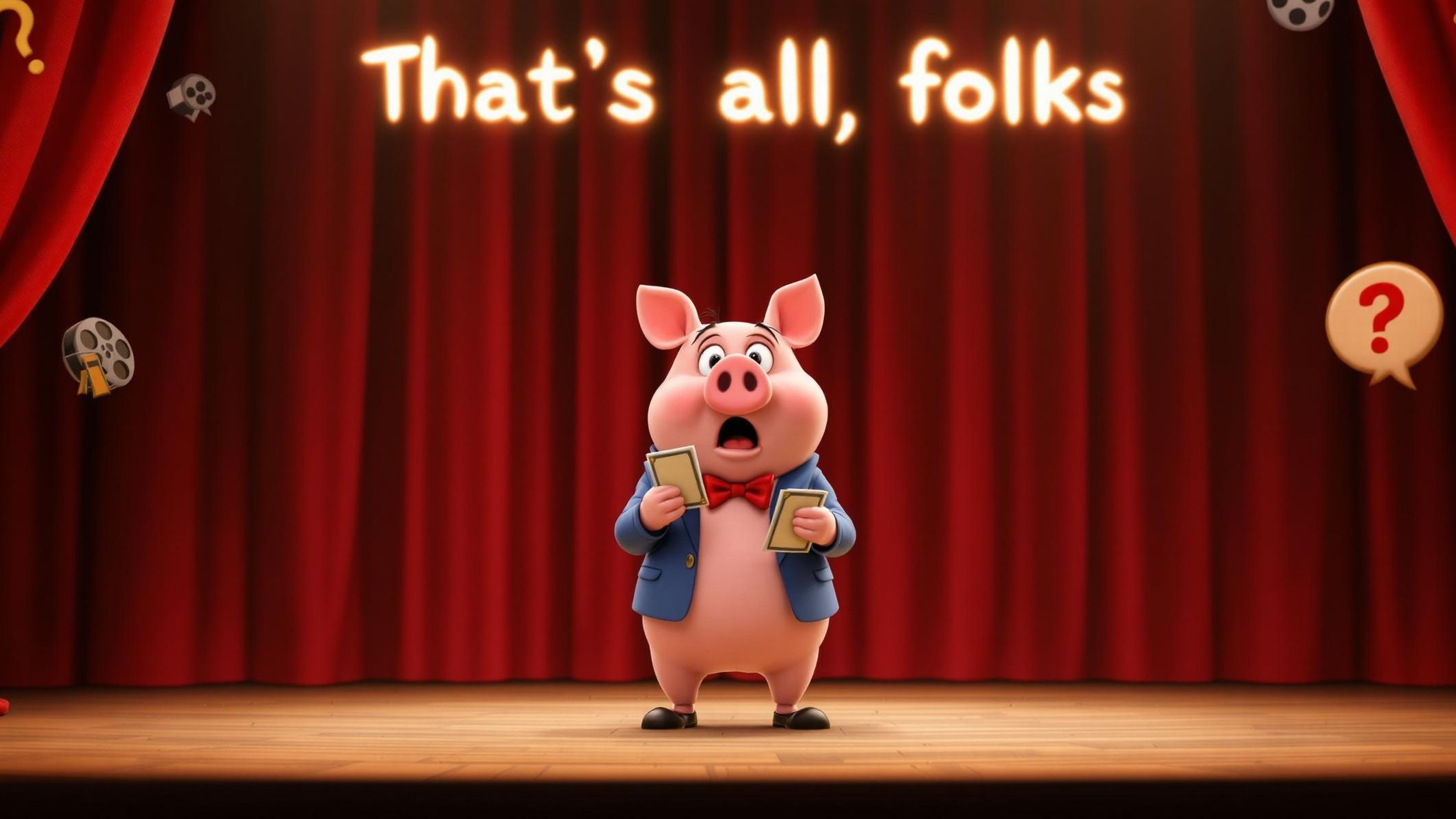
Porky Pig Trivia
Porky Pig was the first true Looney Tunes star, debuting in 1935’s I Haven’t Got a Hat.
His stutter was originally meant to be a gimmick but became a signature trait.
Porky’s famous sign-off, “Th-th-th-that’s all, folks!” closed countless shorts.
Mel Blanc perfected the stutter by writing the dialogue phonetically.
Porky originally had a chunkier design and was slimmed down in later years.
He often plays the straight man in cartoons, reacting to crazier characters like Daffy.
Porky was once voiced by a real stutterer, Joe Dougherty, before Blanc took over.
In early cartoons, Porky was more mischievous than he is today.
Porky starred in The Looney Tunes Show as Daffy’s reluctant roommate.
He is considered the “everyman” of the Looney Tunes universe.
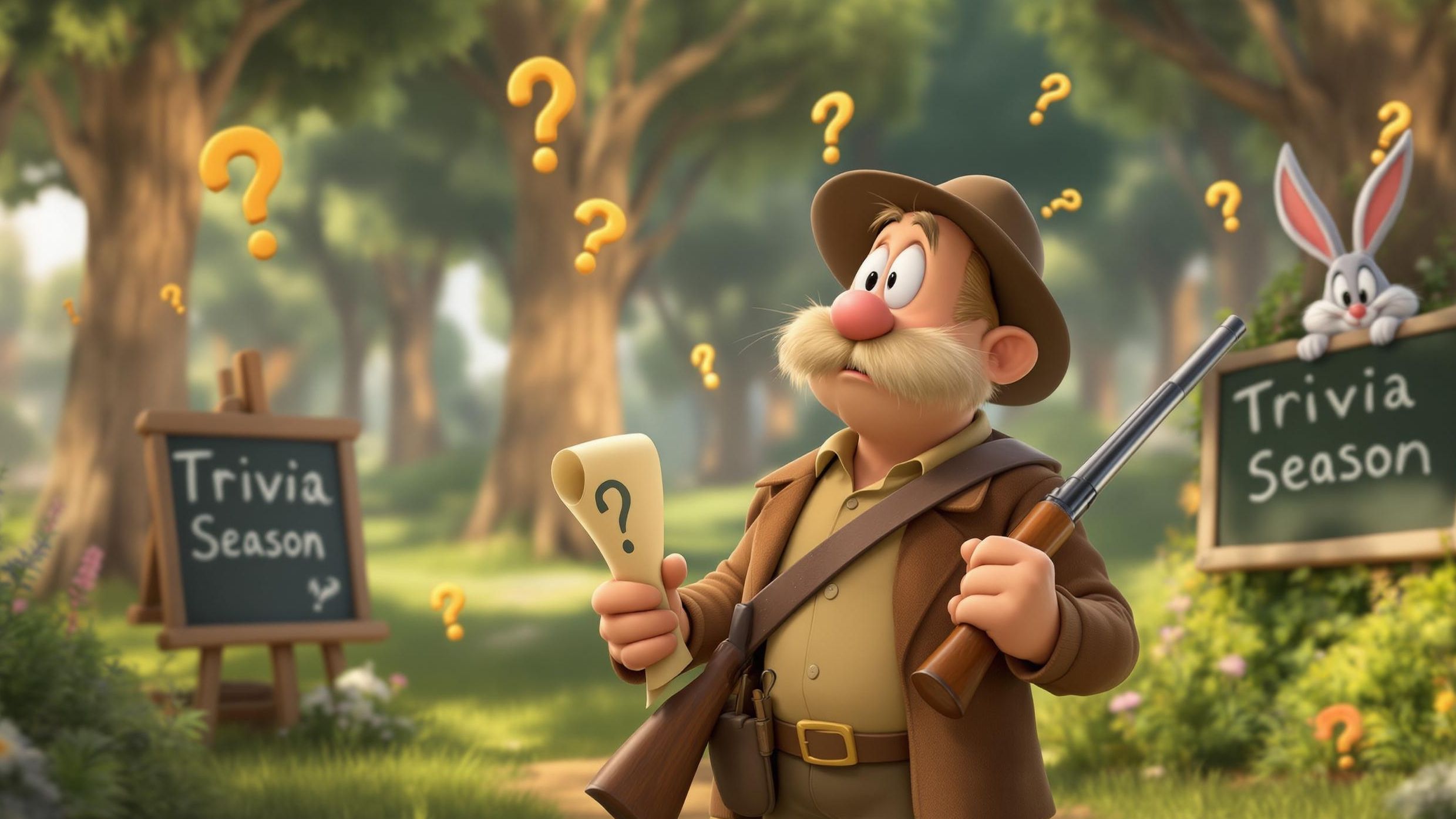
Elmer Fudd Trivia
Elmer Fudd first appeared as “Egghead” before evolving into Elmer.
He is best known for hunting “that wascally wabbit,” Bugs Bunny.
Elmer’s speech impediment (R’s to W’s) became a trademark of his voice.
His look was inspired by radio comedian Arthur Q. Bryan, who also voiced him.
Elmer briefly had hair in some early designs before becoming bald.
Despite always losing to Bugs, Elmer sometimes nearly wins—especially in darker shorts.
He once played the role of Siegfried in the famous “What’s Opera, Doc?”
Elmer rarely appears without his signature hunter’s hat and rifle.
He has appeared in more than 70 Looney Tunes shorts.
Elmer was designed to embody the overly serious adult figure in contrast to Bugs.
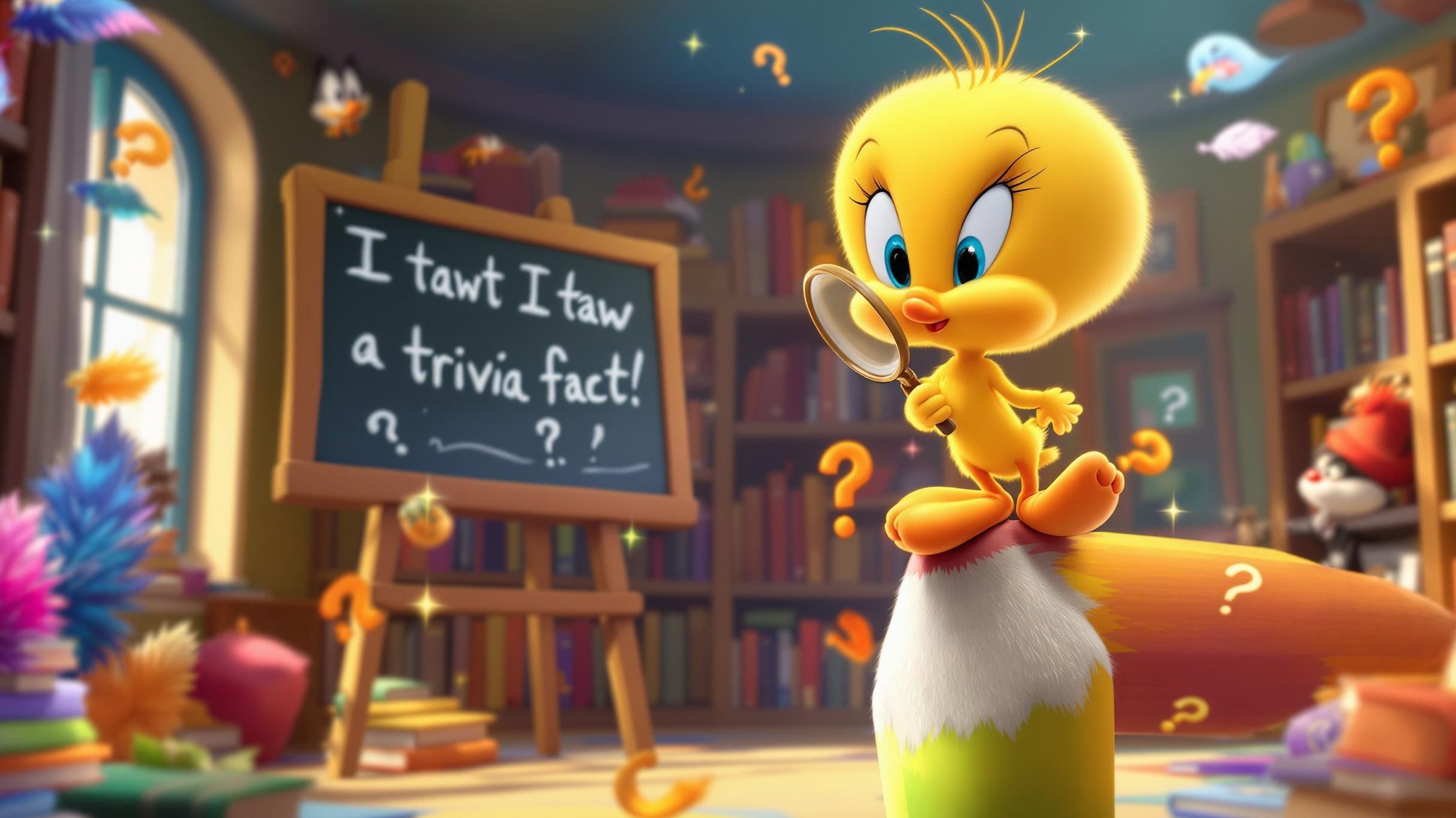
Tweety Bird Trivia
Tweety was originally pink and featherless before turning yellow in later cartoons.
His debut was in 1942’s A Tale of Two Kitties.
His catchphrase “I tawt I taw a puddy tat” became iconic worldwide.
Tweety’s design was based on a baby bird Mel Blanc saw in a pet store.
He’s not female—despite popular belief, Tweety is officially a boy.
Tweety often plays the victim but is surprisingly clever and vengeful.
In The Sylvester & Tweety Mysteries, he became a globe-trotting sleuth.
His big blue eyes and oversized head make him one of the most merchandised characters.
Tweety has survived dozens of assassination attempts from Sylvester.
He was once named among TV Guide’s “50 Greatest Cartoon Characters.”
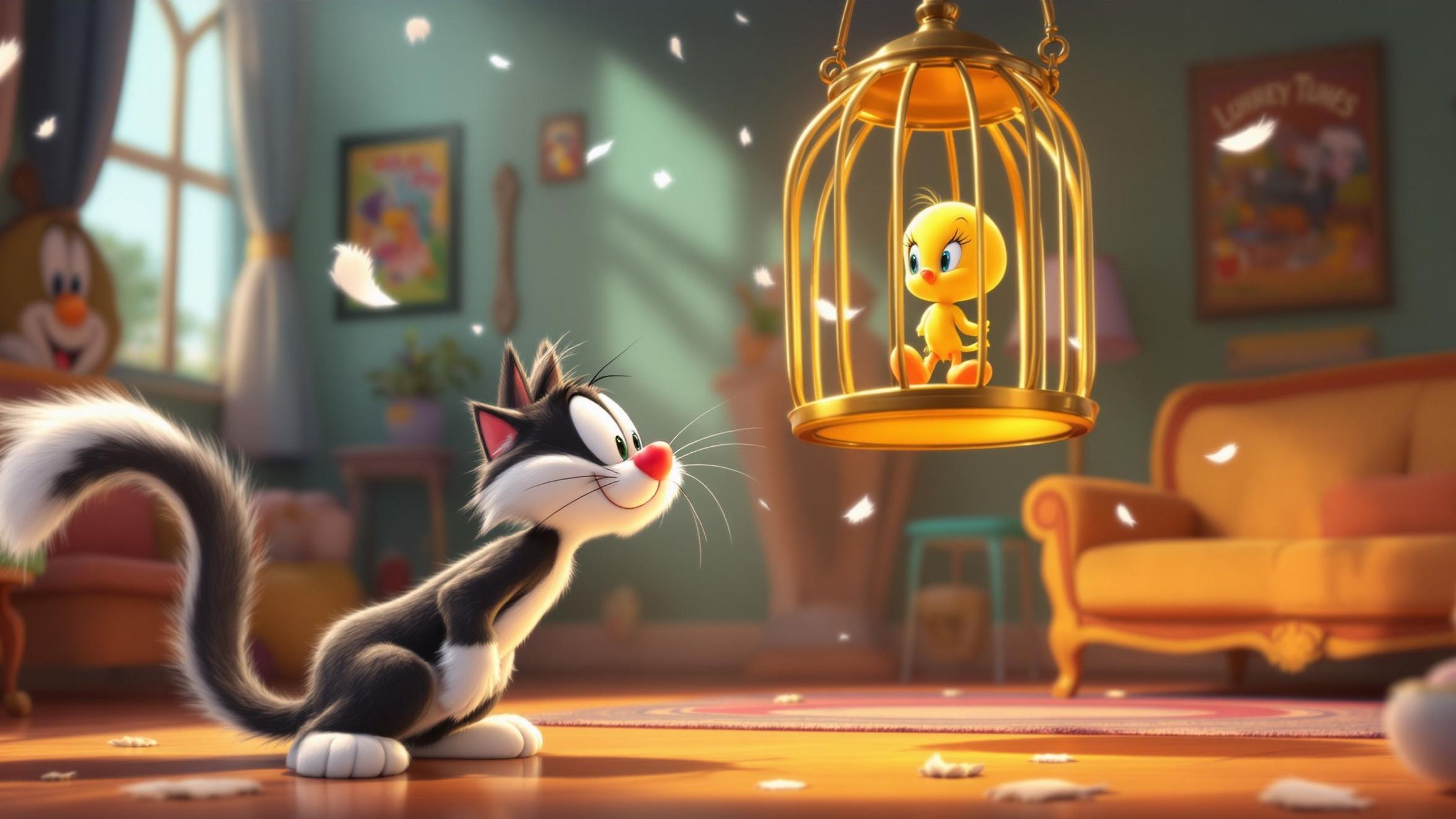
Sylvester the Cat Trivia
Sylvester is best known for his endless attempts to catch Tweety.
His lisp was modeled after Daffy’s but with a more drooling delivery.
His name is a play on Felis silvestris, the scientific name for the wildcat.
Sylvester won three Academy Awards in the 1940s and ’50s.
He has a son named Sylvester Jr., who often expresses disappointment in his dad.
Sylvester was paired with characters like Hippety Hopper, a kangaroo he mistook for a giant mouse.
He was a staple of the Looney Tunes Show, often as a neurotic roommate.
Sylvester appeared in over 100 animated shorts between 1945 and 1966.
His voice was performed by Mel Blanc for decades.
Despite being a “villain,” he’s shown moments of surprising tenderness, especially with his son.
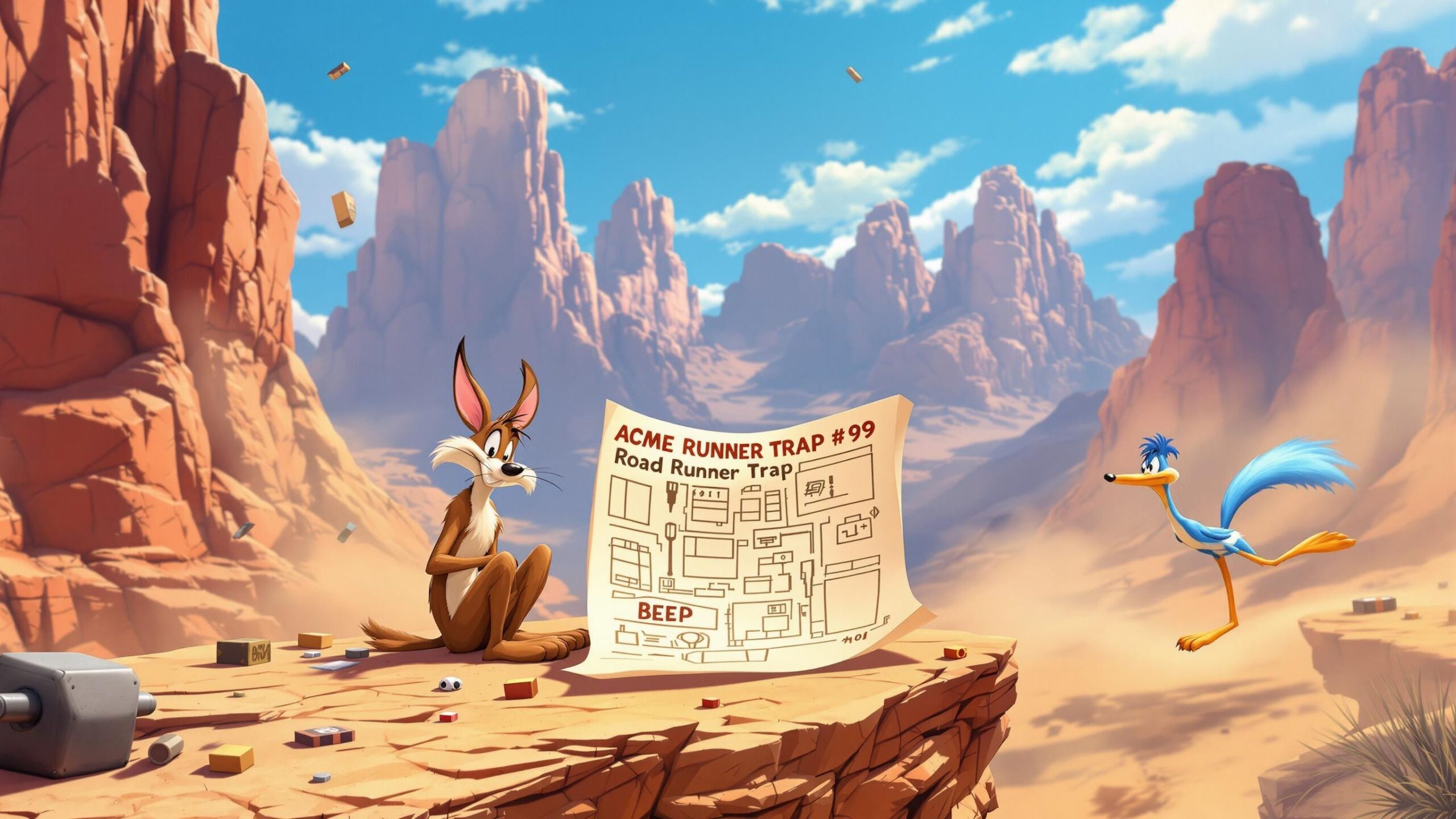
Road Runner & Wile E. Coyote Trivia
Wile E. Coyote was intended to parody overly serious villains.
He almost never speaks in classic shorts, but he’s quite eloquent in rare dialogue moments.
Road Runner’s Latin name is Acceleratii Incredibus; Coyote’s is Carnivorous Vulgaris.
Every gadget Wile E. uses is from the fictional ACME Corporation.
Creator Chuck Jones followed strict rules, including no dialogue and gravity always being the enemy.
Road Runner cartoons often follow a rule-of-threes comedy structure.
Wile E. Coyote has appeared as a more talkative character in Looney Tunes Comics.
Road Runner never leaves the road and always obeys traffic laws.
Wile E. has survived thousands of falls, explosions, and failed contraptions.
Their desert setting was inspired by Monument Valley in the American Southwest.
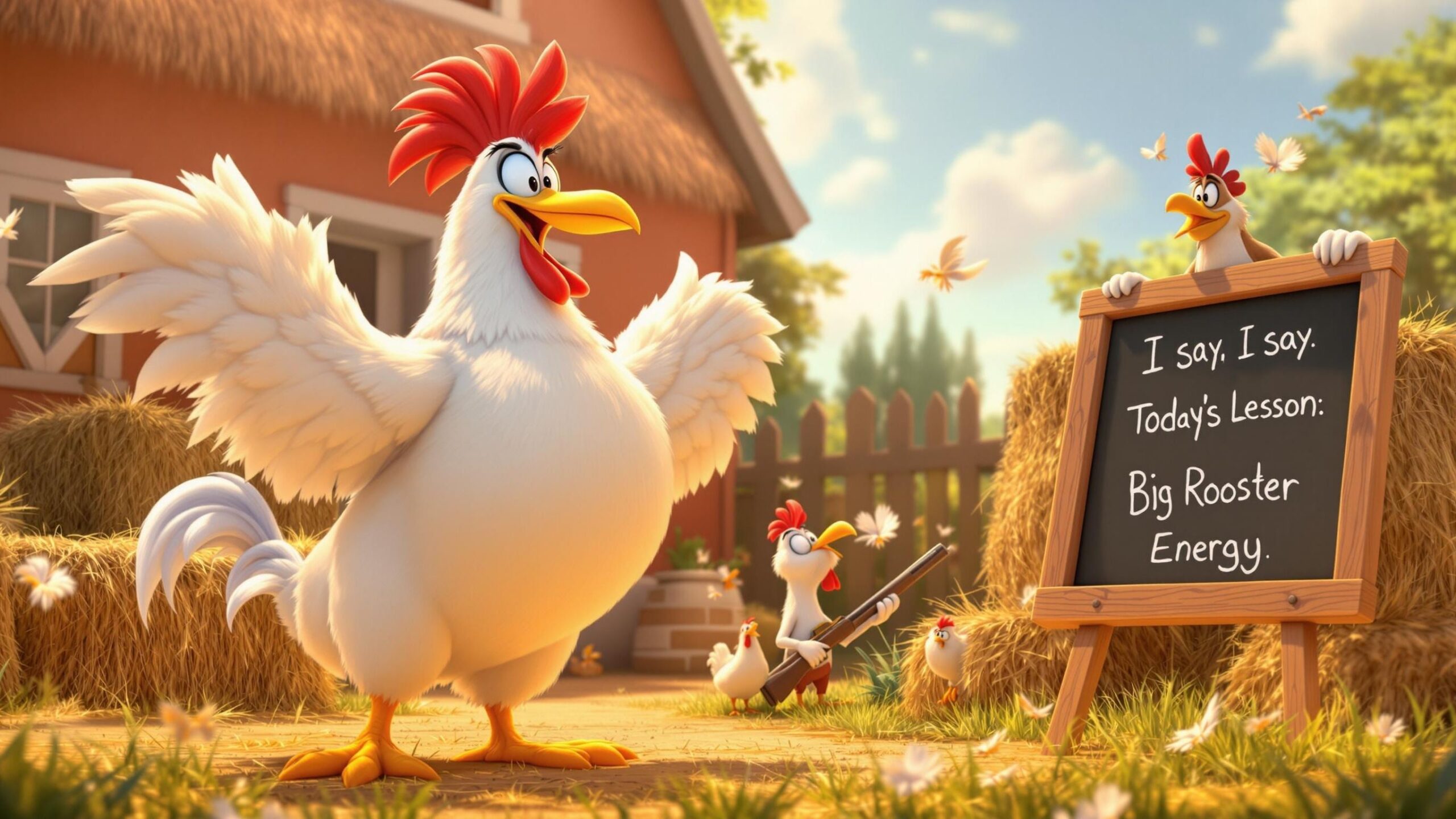
Foghorn Leghorn Trivia
Foghorn was inspired by a Southern radio character named Senator Claghorn.
His first appearance was in 1946’s Walky Talky Hawky.
His loudmouth personality and Southern drawl made him instantly recognizable.
Foghorn often feuds with a clever hen named Miss Prissy and a little chicken hawk.
He frequently gets outwitted by the dog Barnyard Dawg.
His catchphrases include “I say, I say,” and “That’s a joke, son!”
Foghorn was designed to exaggerate the loud, know-it-all adult stereotype.
He’s one of the tallest characters in the Looney Tunes roster.
Foghorn often uses elaborate schemes that backfire in classic slapstick fashion.
He once starred in a cereal commercial for Corn Flakes.
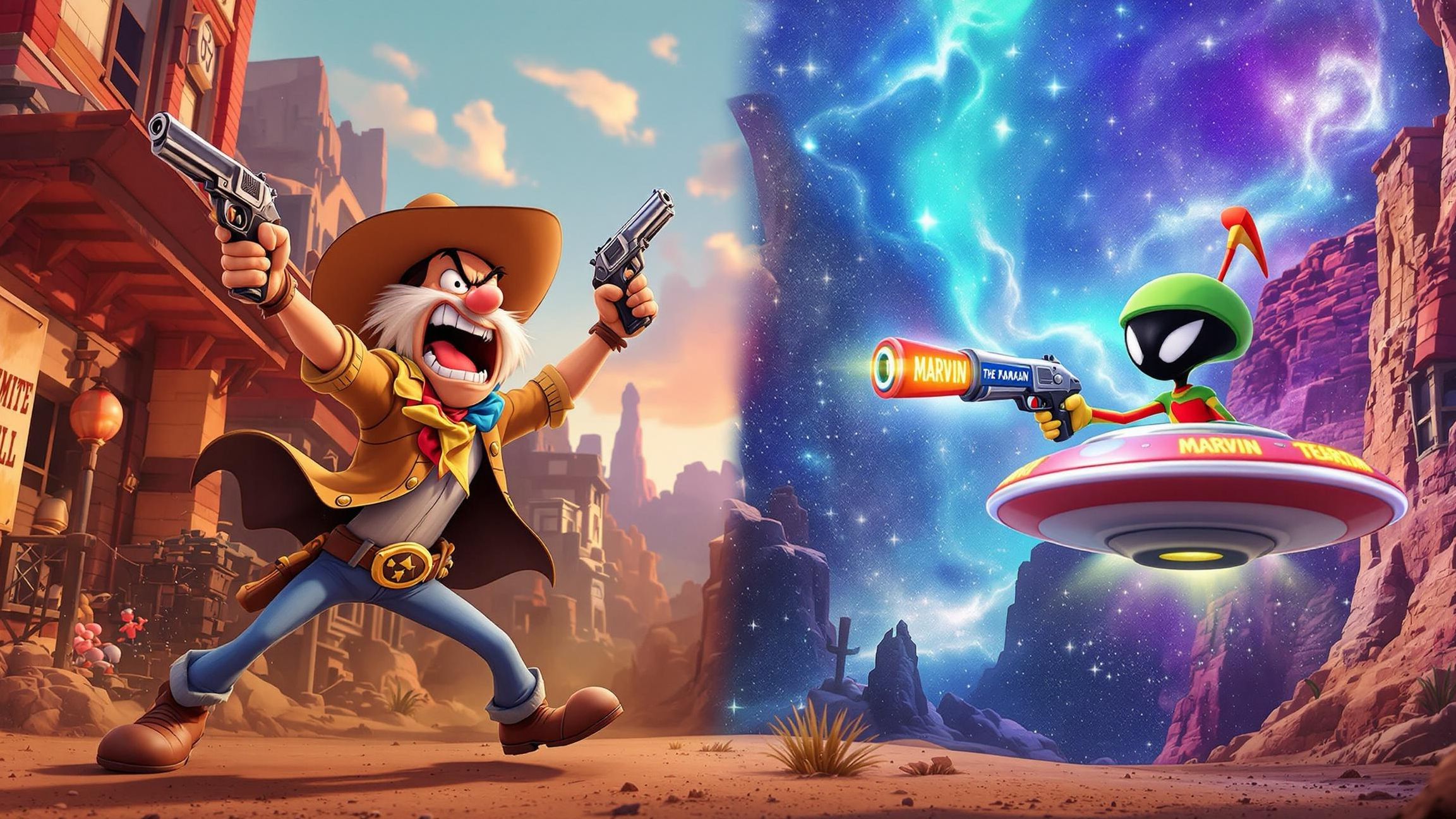
Yosemite Sam & Marvin the Martian Trivia
Yosemite Sam was created as a tougher opponent for Bugs Bunny than Elmer Fudd.
His temper and wild gunplay are trademarks of his fiery character.
Marvin the Martian is one of the few villains who’s soft-spoken and methodical.
Marvin debuted in Haredevil Hare (1948), aiming to destroy Earth.
Sam’s mustache is nearly as big as his entire face.
Marvin wears Roman-style gear and a broom-like helmet.
Marvin has a dog sidekick named K-9.
Yosemite Sam has appeared in the most diverse set of costumes—from pirates to knights.
Marvin’s voice was inspired by Peter Lorre’s calm, eerie tone.
Both characters have appeared in multiple video games and toy lines.

Lesser-Known Looney Tunes Trivia
Gossamer, the giant red hairy monster, was originally named Rudolph.
Granny’s full name is Emma Webster.
The Tasmanian Devil, or “Taz,” only appeared in five original shorts.
Michigan J. Frog debuted in One Froggy Evening (1955).
Pepe Le Pew was modeled after romantic French stereotypes.
Lola Bunny was introduced in Space Jam (1996) as Bugs Bunny’s love interest.
Speedy Gonzales was once temporarily shelved for cultural concerns but later reinstated due to popular demand.
Witch Hazel often appears with Bugs Bunny in Halloween-themed episodes.
Hector the Bulldog is often seen protecting Tweety from Sylvester.
Hubie and Bertie are mischievous mice who enjoy psychologically tormenting cats.




